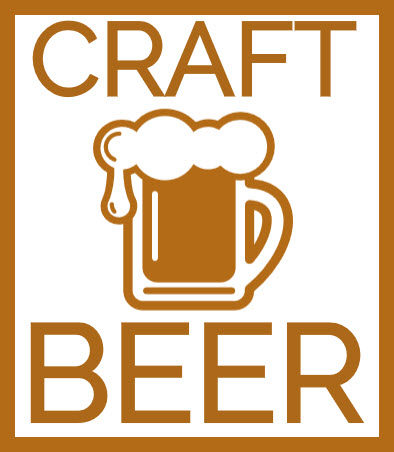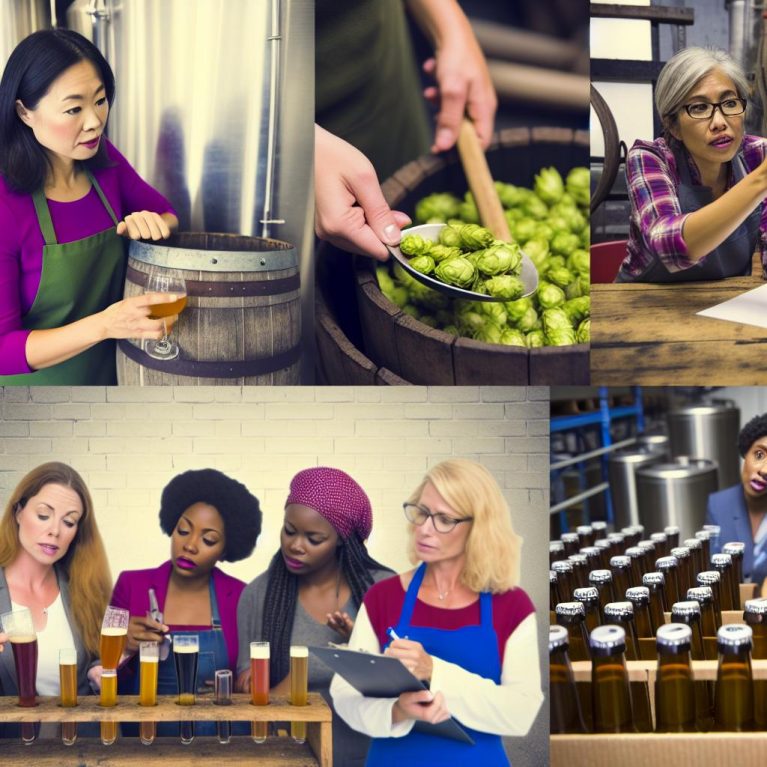The Historical Context of Women in Brewing
The involvement of women in brewing has a deep-rooted historical context that stretches back through centuries and across cultures. Brewing, in its early days, was predominantly a domestic activity. In ancient societies, brewing beer was much akin to other culinary tasks traditionally managed by women, such as cooking and baking. Evidence suggests that in medieval Europe, brewing was primarily considered a household responsibility. As a result, women were often the brewers of the home, controlling both the production and sale of the beer. Hence, brewing was not just a hobby but a significant domestic chore around which many community and economic activities revolved.
In medieval times, beer was a staple part of the diet, consumed by people of all ages due to its nutritional content and safety, as boiling during brewing killed harmful pathogens. During this period, alewives or brewsters, the terms used for women brewers, were common figures within communities, often recognizable by a broomstick sign used to mark that beer was available for sale. This period was one of significant involvement for women in brewing, but such prominence would experience a gradual decline as society advanced.
As brewing evolved from a domestic craft into a more commercialized industry, a shift towards male dominance became evident. The changes began as brewing transitioned from being a home-based task to a trade and business dominated by those with the capital to engage in larger production ventures. This transition was notably driven by the economic and social changes accompanying urban development and market economies. The shift became further pronounced during the Industrial Revolution, a period characterized by rapid industrialization and technological advancement. Brewing transformed into large-scale production, requiring more significant capital investment, which was primarily controlled by men at the time. This shift marked a crucial turning point where female brewers slowly but invariably phased out from leadership positions within the industry.
Modern-Day Involvement of Women
In recent years, there has been a significant rekindling of women’s roles within the brewing industry, particularly in the rapidly growing craft beer industry. Women are establishing influential positions and making their mark as they reengage with one of humankind’s oldest crafts. The resurgence of female presence in brewing indicates a shift toward rectifying historical imbalances and encouraging diversity within the industry.
Women are taking on a myriad of roles, ranging from owners and operators to brewmasters, business strategists, and educators. This involvement is reshaping the industry landscape, challenging and changing outdated stereotypes, and driving toward a more inclusive environment. Women in brewing bring different perspectives and innovative approaches that continue to contribute to the overall dynamism within the craft beer community.
Women-Owned Breweries
The rise in women-owned breweries marks a significant trend within the contemporary craft beer sector. These establishments not only add to the diversity in beer styles and flavors but also contribute to fostering inclusive work environments. Many women-owned breweries are led by strong voices that prioritize community and cultural involvement, infusing their operations with visions that are sometimes absent in more traditionally-run enterprises. Ownership provides women with the platform to directly influence and dictate the course of industry practices. By molding their operations around values like sustainability, community engagement, and diversity, women-owned breweries contribute significantly to the brewing industry’s evolution.
Female Brewmasters
The position of brewmaster is central to the identity of any brewery. It is a role that requires ingenuity, technical expertise, and an acute palate to produce exceptional beer. An increasing number of women are stepping into this pivotal role, earning acclaim for their skill, creativity, and leadership. These female brewmasters are pioneers in the field, gaining recognition for their contribution to the complex, varied tapestry of craft beer. Their involvement debunks myths surrounding gender-specific roles, providing aspiring women brewers with role models who exemplify success through passion and dedication.
Education and Advocacy
A crucial aspect of the modern resurgence of women in brewing is their participation in education and advocacy within the sector. Many women actively engage in or lead organizations that promote diversity, equality, and knowledge-sharing. For instance, the Pink Boots Society is a notable organization that provides essential networking opportunities, resources, and support for women pursuing careers in brewing. These organizations advocate for a more inclusive industry, helping women break barriers and access traditionally male-dominated spaces. They play an instrumental role in mentoring and empowering the next generation of female brewers.
Challenges and Barriers
Despite the considerable progress witnessed in recent times, women in the craft beer industry continue to encounter challenges. Gender-based discrimination, stereotypes, and underrepresentation in senior roles persist as obstacles that must be navigated. These barriers underscore a broader need for ongoing advocacy, awareness, and action to promote equality and fairness. Addressing these challenges is not just vital for gender equity, but also crucial for driving the entire industry’s growth by tapping into diverse talents and viewpoints.
The Importance of Diversity
Diversity within the craft beer industry extends its benefits beyond mere equality to encompass creativity and innovation. A diverse workforce introduces a variety of perspectives, which can lead to a broader spectrum of ideas, tastes, and styles. Such diversity has the potential to attract a wider audience and consumers from multiple demographic backgrounds, thus enlarging the market. By demonstrating a commitment to inclusivity, the craft beer industry can set a powerful example for other sectors, showcasing how gender parity and cultural diversity can drive forward progress and prosperity.
Looking Forward
The trajectory for women in the craft beer industry is on a promising uptrend, bringing with it immense potential for the sector’s future. As women continue to surmount existing barriers and engrain themselves within all levels of the industry, the projection for craft beer becomes increasingly vibrant and varied. Through continuous support, advocacy, and systemic change, the hope is for an industry landscape where anyone, regardless of gender, can fully contribute and thrive. The evolution toward such inclusivity will not only enrich the craft beer industry but will also reflect a broader societal trend towards embracing diversity in all its forms.

